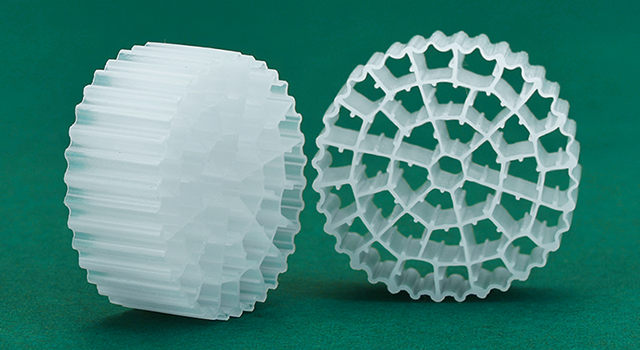Diversity:
High organic content: brewery wastewater usually contains a lot of organic matter, including residual malt, yeast, alcohol, sugar and so on. These organic compounds are derived from the raw materials and fermentation processes used in beer production.
High biological oxidation requirement (BOD)
Brewery wastewater has a high biological oxidation requirement (BOD) due to the rich organic matter in the wastewater. This means that wastewater requires more oxygen to degrade organic matter, affecting the ecological balance of the water body.
High turbidity:
There may be suspended matter and residual malt particles in the wastewater, resulting in high turbidity of the wastewater. This requires appropriate treatment methods to remove suspended solids.
pH Fluctuations:
Raw materials used in beer production and the process of adjusting pH can cause pH fluctuations in wastewater. This requires the pH of the wastewater to be adjusted and controlled during treatment.



















